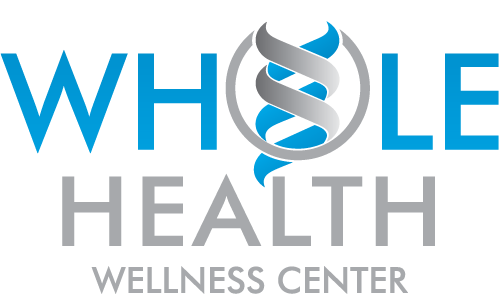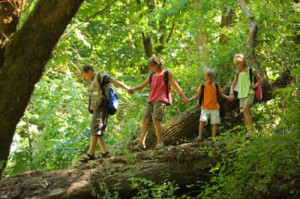This past weekend I was at a friend’s cottage with my family and the dock broke while my brother was standing on it. He fell through and cut himself pretty badly. Of course we got the first aid kit out expecting to find at least some bandages to cover up his leg until he could get stitches. His fiancé, who is a nurse, and I were both wishing for sterile saline as well. Unfortunately, we didn’t even get the bandages portion of the deal. To be fair, there were bandages in the first aid kit, but those labeled “sterile” were old enough that the packaging had yellowed (there is an expiry date for sterile bandages!). I would suspect that this is a not an uncommon situation. We know we have a first aid kit and it either came pre-loaded, or we bought all the contents when we first put it together, but we don’t necessarily check on our supplies until we need to use them.
With summer coming up, and outdoor activities on the rise (think soccer games, picnics with kids running around, camping, hiking, cottages with docks that need some mending….), now is a great time to check on your First Aid kit. Your kit should be stocked with supplies that are not expired and that you know how to use. A few things to consider when planning your first aid kit:
1. When you will use the kit (is it for your house, work, your car, outdoor trips?)
2. How far away from help you could be (if you’re out in the wilderness, including supplies for splinting may be higher on your priority list than if you know you are usually close to a hospital)
3. Any special needs of individuals you may be caring for (does someone have type I diabetes and require a snack in case of emergencies, or allergies that require you to have Benadryl/diphenhydramine on hand and maybe even an Epipen?)
4. What activities you will be doing (if you’re hiking a long way, including specials bandages for blisters may be important to you)
5. How much training you have (for example, you probably don’t need to include a suture kit if you don’t know how to suture)
Consider writing a checklist of supplies you want to keep in your kit so that re-stocking in the future is easy breezy. I recommend checking your First Aid kit at least once a year to make sure you have everything present and nothing is expired. Pick a date of significance (for example the first day of summer) or set an alarm in your calendar so this task doesn’t get forgotten. For exampled, updating your first aid kit on the same day you change your smoke alarm batteries. It may seem like a waste to re-purchase products that you never ended up using, but it’s worth it for that one time when you do really need them. Another consideration to help you be prepared to handle more types of situations is CRP training or other first aid training.
I’ve listed below what the Red Cross recommends to include in a first aid kit for a family of four (http://www.redcross.org/prepare/location/home-family/get-kit/anatomy). You can consider the questions talked about above to make a first aid kit to be best suited to your needs. It may include more or less than this list:
• 2 absorbent compress dressings (5 x 9 inches)
• 25 adhesive bandages (assorted sizes)
• 1 adhesive cloth tape (10 yards x 1 inch)
• 5 antibiotic ointment packets (approximately 1 gram)
• 5 antiseptic wipe packets
• 2 packets of aspirin (81 mg each)
• 1 blanket (space blanket)
• 1 breathing barrier (with one-way valve)
• 1 instant cold compress
• 2 pairs of nonlatex gloves (size: large)
• 2 hydrocortisone ointment packets (approximately 1 gram each)
• Scissors
• 1 roller bandage (3 inches wide)
• 1 roller bandage (4 inches wide)
• 5 sterile gauze pads (3 x 3 inches)
• 5 sterile gauze pads (4 x 4 inches)
• Oral thermometer (non-mercury/nonglass)
• 2 triangular bandages
• Tweezers
• First aid instruction booklet
Other things I would personally include in a first aid kit are: activated charcoal (in case of diarrhea), Benadryl (you never know when someone will have an allergic reaction especially to bee stings), tampons (I know it doesn’t seem like a ‘first aid’ tool, but getting your period unexpectedly can feel like an emergency, and as a bonus, they may be helpful for nose bleeds), moleskin (it’s so useful to cover up chafed skin, especially on feet/heals).
Wishing you happy and safe summer adventures!
Dr. Sally

